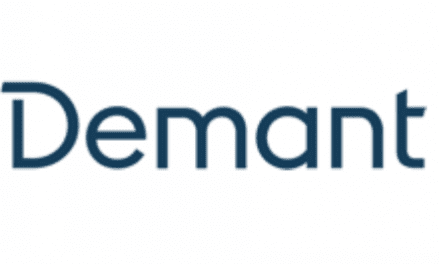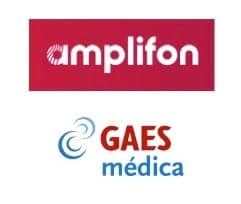In a letter sent to US Centers for Disease Control & Prevention (CDC) Director Robert Redfield, the American Speech-Language-Hearing Association (ASHA) calls for the agency to emphasize the need for clear face masks and the use of other communication aids to protect people with hearing and other communication disorders, the organization announced in a press release.
The need for such resources is not covered by current CDC recommendations about face masks. The ASHA letter notes that at least 46 million people in the United States have a hearing or other communication disorder.
“While necessary to contain COVID-19, face mask usage can pose significant everyday challenges for people with communication disorders—potentially impacting their health, safety, and quality of life,” wrote ASHA 2020 President Theresa H. Rodgers, MA, CCC-SLP. Rodgers described the situation as a “pressing public health issue.”
Solid face masks and coverings reduce the effectiveness of spoken communication by dampening and filtering sound, degrading speech intelligibility, and removing the visual cues that facilitate comprehension of speech. This makes communication more difficult for everyone, but especially for people with hearing and speech disorders—placing those individuals at a higher risk for adverse medical events, among other negative consequences.
However, although a clear face mask may be useful for some individuals, in many cases, the addition of visual cues will not offset the challenges created by the reduced volume and distortion of the speech signal due to face masks and coverings. Consequently, in her letter, Rodgers urges the CDC to recognize and promote the importance of making flexible communication methods available to patients seeking health care assessment and treatment “if the use of a solid mask or a clear mask impedes an individual’s ability to engage in effective communication . . .”
Examples of flexible communication approaches include shared computer screens, notepads, whiteboards, voice-to-speech applications, personal sound amplifiers, use of plexiglass barriers, and other related resources—all of which can assist in making communication more effective, most critically for imparting one’s medical needs and preferences.
Further recommended enhancements to the CDC’s mask recommendations for the safety and well-being of people with communication disorders are also covered in the ASHA letter. To read it in full, click here.
Source: ASHA
Image: © Py2000 | Dreamstime.com






I have worn hearing aids since I was 3 years old and my parents didn’t know I had a problem because I learned to read lips that young too. I have had many days of depression and tears over the face mask as I miss what is being said and finding it difficult to figure it out without reading lips. I was wearing a clear shield, but I was told Thursday that I must wear a mask as the shield is not recognized as a face covering by the CDC. I would like to get a transparent mask, but I don’t know what I can purchase so it will be CDC certified. Those that have good hearing do not understand this disability and I truly feel discriminated against everyday.
I am a Pharmacy Technician in training (PTU) while working in the pharmacy and getting OJT. Since Covid and the mandatory mask wearing I have noticed our older customers sometimes have trouble understanding what I say and I end up speaking louder than I normally have had to with them. Is there a clear, reusable mask that you could recommend I buy? Thank you for you time and attention.